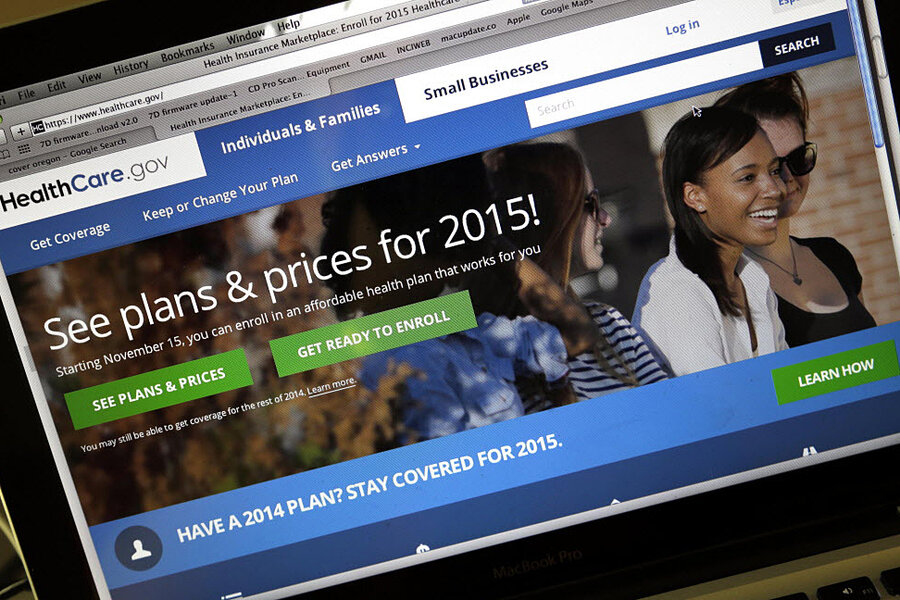Number of uninsured Americans keeps declining: Who are new beneficiaries?
Loading...
Uninsured rates in most US states continue to drop this year, according to two separate reports released this week.
The number of uninsured Americans decreased from 36 million people in the first three months of 2014 to just 29 million people in the same period in 2015, according to a report published Wednesday by the Centers for Disease Control and Prevention.
A separate report based on polling data gathered by Gallup found that the national uninsured rate fell from 17.3 percent in 2013 to 11.7 percent in the first half of 2015.
Of the top 10 states that witnessed the sharpest declines in uninsured rates, seven of them have expanded Medicaid and launched a state-based marketplace exchange or state-federal partnership under the Affordable Care Act, while two have established one or the other.
States that initially expanded Medicaid began doing so in January 2014, the same time new insurance plans purchased during the last quarter 2013 under marketplace exchanges came into effect. For that reason, researchers took those two major changes in healthcare law into account and compared 2015 uninsured rates with those of 2013.
“Collectively, the uninsured rate in states that have chosen to expand Medicaid and set up their own state exchanges or partnerships in the health insurance marketplace has declined significantly more since 2013 than the rate in states that did not take these steps,” the Gallup report reads.
Between 2008 and 2014, Massachusetts – which became the first state to enact health care reform in 2006 – was the only state in the country with just 5 percent of its population uninsured. But in the first half of 2015, six other states – Rhode Island, Vermont, Minnesota, Iowa, Connecticut, and Hawaii – reached that rate.
So far, not one state has seen an increase in the amount of uninsured residents in 2015 compared with 2013.
The CDC report examined changes across various age demographics over the past year.
Among adults aged 18–64, the percentage of uninsured decreased from 16.3 percent in 2014 to 13 percent in the first 3 months of 2015, in parallel with an increase in private coverage, from 67.3 to 70.4 percent.
A notable trend shifted among Americans under the age of 18. Prior to the study, that population saw a decline in access to private coverage for 14 years straight. But in the first three months of 2015, the age group had nearly a one percent increase from 2013.








